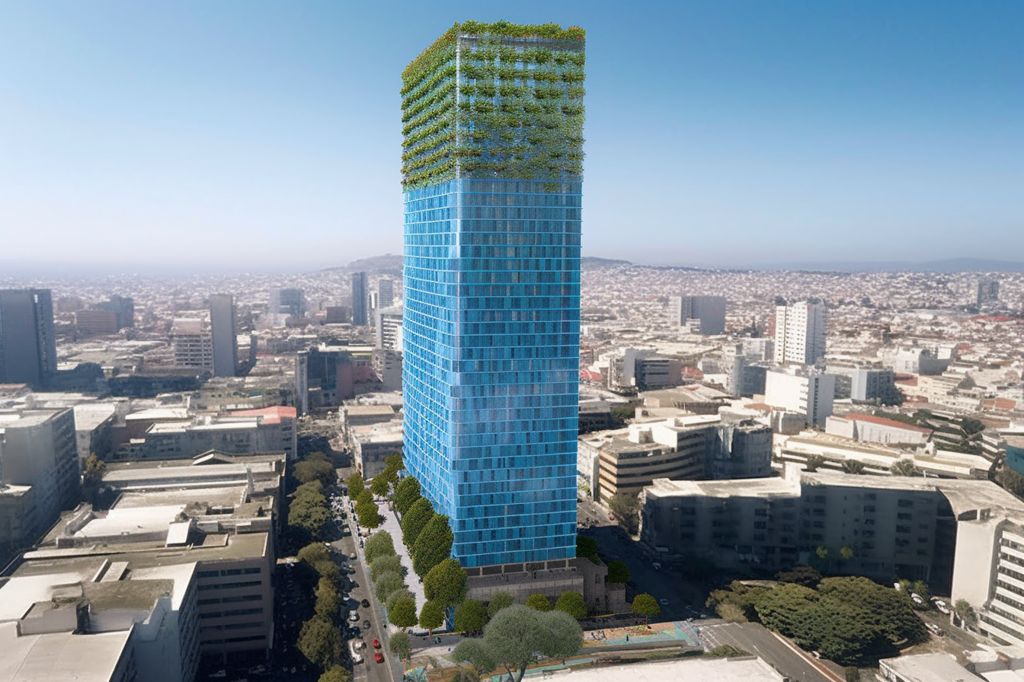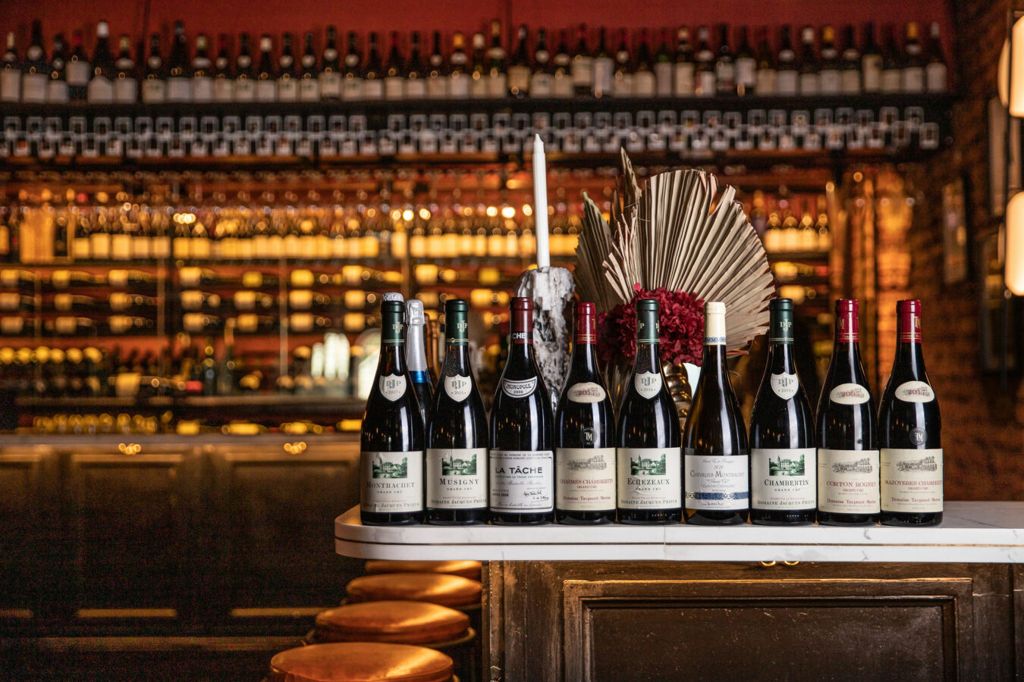In the heart of Cape Town, an extraordinary building rises like a green giant, defying traditional construction methods and representing the potential of sustainable and innovative materials. The world’s first hemp skyscraper, located at 84 Harrington Street, is a masterpiece of eco-friendly engineering that showcases the versatility of the hemp plant in construction.
The Birth of a Vision
The story behind this awe-inspiring tower is one of vision, passion, and perseverance. It all started with Duncan Parker, the co-founder of Hemporium, who saw the potential of the hemp plant in sustainable building practices. In 2016, he acquired the original five-story building and embarked on a journey that would transform it into a towering example of eco-friendliness.
The project was a collaborative effort between Hemporium, Afrimat Hemp, and Wolf + Wolf Architects, and it aimed to challenge traditional building materials and methods by using hempcrete blocks. This composite material, made from the core of cannabis plants, lime, and a chemical binder mix, proved to be a game-changer in the industry, offering excellent insulation, soundproofing, and environmental benefits.
The Rise of a Giant
The construction of 84 Harrington Street was not without challenges. The hemp had to be imported from England, as local cultivation licenses were not yet available at the time. However, the team persevered, and the building started to take shape, one block at a time.
As the tower grew taller, it became clear that it was not just another building. It was a symbol of hope, a beacon of light in a world that desperately needs sustainable solutions. The New York Times called it the world’s “first hemp skyscraper,” and it instantly captured the attention of architects, builders, and environmentalists worldwide.
The Potential of Hempcrete
The potential of hempcrete goes beyond the construction of just one building. The architects behind the project, Wolf + Wolf, are already planning a housing development that will use hemp blocks to build 25,000 homes. The possibilities of this innovative material are immense, from low-cost housing to commercial and industrial buildings.
Hempcrete blocks are initially more expensive than traditional building materials, but they save money in other ways. They reduce the need for air conditioning and heating, and they can be manufactured on-site, reducing construction schedules by up to 30%. Moreover, hemp is a carbon-negative material, meaning that it absorbs more CO2 than it emits during its life cycle, making it an ideal choice for environmentally conscious construction practices.
A Nostalgic Look Back
As I stand in front of the hemp skyscraper, I cannot help but feel a sense of nostalgia. It reminds me of the times when buildings were not just functional structures but works of art, symbols of human creativity and ingenuity. It reminds me of the Art Deco movement of the 1920s and 1930s, which celebrated the beauty of modern materials and technologies, and the Bauhaus movement of the 1920s, which sought to merge art and industry.
The hemp skyscraper is a tribute to the human spirit and to our capacity to innovate and overcome challenges. It shows us that sustainability is not just a buzzword but a way of life, a philosophy that values our planet and its resources. As we face the challenges of climate change, pollution, and resource depletion, the hemp skyscraper offers us a glimmer of hope, a glimpse into a brighter future.
The world’s first hemp skyscraper is more than just a building. It is a symbol of innovation, sustainability, and human creativity. It shows us that we can build a better world, one block at a time, by embracing new and eco-friendly materials and methods. As we look to the future, we should remember the lessons of the hemp skyscraper and strive to create a world that is beautiful, functional, and sustainable.








